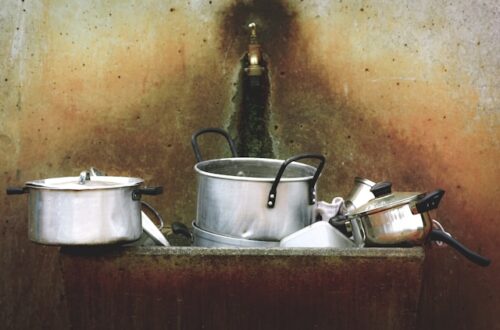
Signs Your Car Needs a Radiator Repair
Despite the cliched warning that a failing radiator will only cause more damage, rust in the coolant or rusted fins is all signs that your radiator needs a quick repair. However, if you’d like to avoid costly repairs and radiator replacement, here are a few other signs that your car needs a radiator repair. Read on to learn more about the various signs of radiator failure and what you can do to prevent it.
Observing the signs of a failing radiator
If you have noticed your engine overheating, it could be because of a failing radiator. If you notice steam coming from your car’s engine, or a consistent reading on the temperature gauge, you should seek immediate help. The standard operating temperature for a vehicle is 90-105C, but if your temperature gauge is consistently over that mark, the radiator is likely failing. A broken radiator can cause your engine to overheat and damage the other parts of the engine.
The temperature gauge in your dashboard may also indicate that your radiator is failing. If it is not, check the temperature sensor. The temperature gauge will help you determine if your radiator is leaking coolant. According to auto repair Mountlake Terrace, WA, it is also essential to check the coolant level. It is easy to miscalculate the coolant level in your dashboard, but it is best to consult your owner’s manual to confirm the exact level.
Taking care of the radiator fins
Taking care of your car’s cooling system is incredibly important. It not only keeps your car cool but also ensures optimal efficiency. Overheating is one of the leading causes of vehicle failure, so taking care of your radiator is critical for your vehicle’s efficiency. Additionally, overheating causes numerous other problems in your car. Fortunately, taking care of your car’s cooling system is relatively easy and can save you a lot of money in the long run.
First, clean your car’s cooling system, and take care of the fins. Your car’s radiator contains many small, vertical tubes, or fins, which run from top to bottom. These fins are passages for coolant, but they can easily get clogged up with debris. To remove this debris, take a soft-bristled brush and gently scrub the radiator fins. If you cannot eradicate the fins, use a flathead screwdriver to bend them back into shape. You can also use a low-pressure hose to clean the fins. Rinse well, and let them dry.
Taking care of the thermostat
The radiator is an important part of your car’s cooling system; if it becomes damaged, it could lead to more expensive repairs. In addition to cooling your engine, your radiator also controls the air temperature inside the engine. If you neglect this component, your car could face major problems in its engine, including significant engine leaks of oil. Also, a malfunctioning radiator can damage your car’s engine, so you should pay attention and repair it immediately.
One of the most common symptoms of a failing thermostat is excessive heat in your vehicle. The temperature gauge on your dashboard may stay below normal. If this problem is more severe, you should seek a professional mechanic for the repair. These professionals will diagnose and fix any other problems in your vehicle before recommending a replacement for your thermostat. This will save you money and time and help you avoid a costly radiator repair.
Rust in the coolant
The color of your coolant is an essential indicator of the health of your car’s radiator. A fresh, clear coolant is bright green or yellow. Rusty coolant takes on a darker, cloudier color. If the coolant in your car is rusty, flush it with fresh coolant. Check the coolant level to determine if it’s low or needs a radiator repair.
Whether the coolant level is low or the engine is overheating, the temperature gauge in your dashboard may constantly be pointing to the hot side. This can be caused by low radiator fluid or a faulty thermostat. In addition, you might notice steam billowing from under the hood. Rusty radiators may also cause leaks that let coolant pool on hot parts of the engine and block fluid flow.
Failure of the thermostat
The thermostat will likely fail if you notice sudden temperature changes in your car. A stuck thermostat blocks coolant flow to the radiator, resulting in an overheated engine. To check if the thermostat is faulty, remove the radiator cap and check the coolant level. If you see any coolant leaking out of the radiator, you will need to have it replaced. The process of getting the thermostat repaired is relatively easy.
When this happens, you will notice that the engine temperature is rising. If you see the check engine light, your radiator is the culprit. The coolant absorbs heat from the engine and releases it through the radiator. The result of low coolant levels is an overheated engine. You may also notice a pool of coolant underneath the car or a cloud of steam in the air. Whether inside the car or outside, the smell of cooling fluid is a sign of a faulty radiator.





